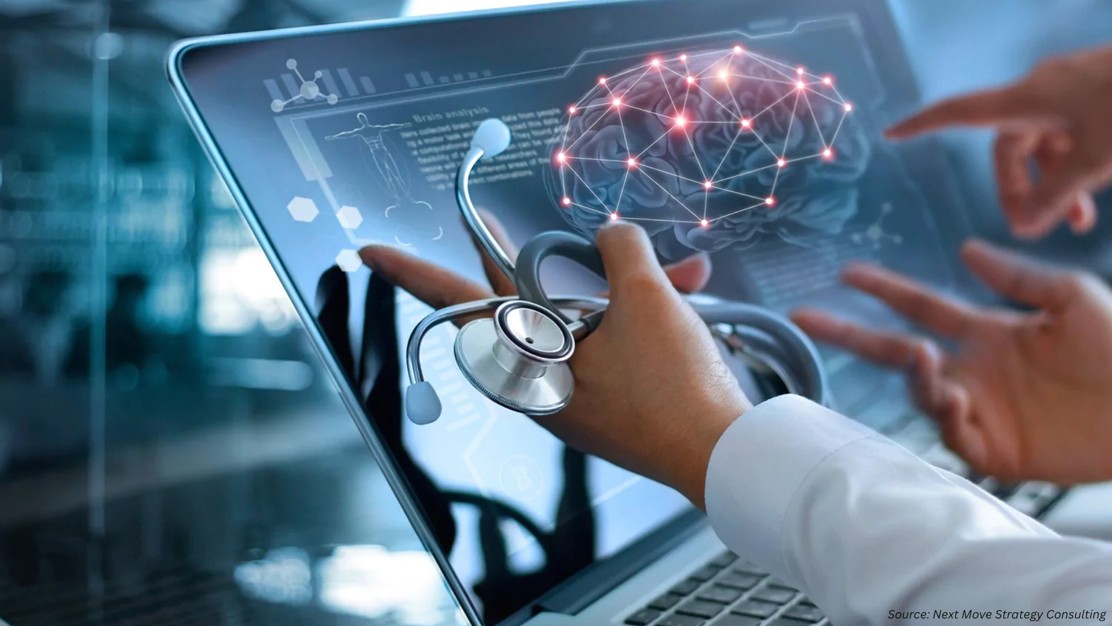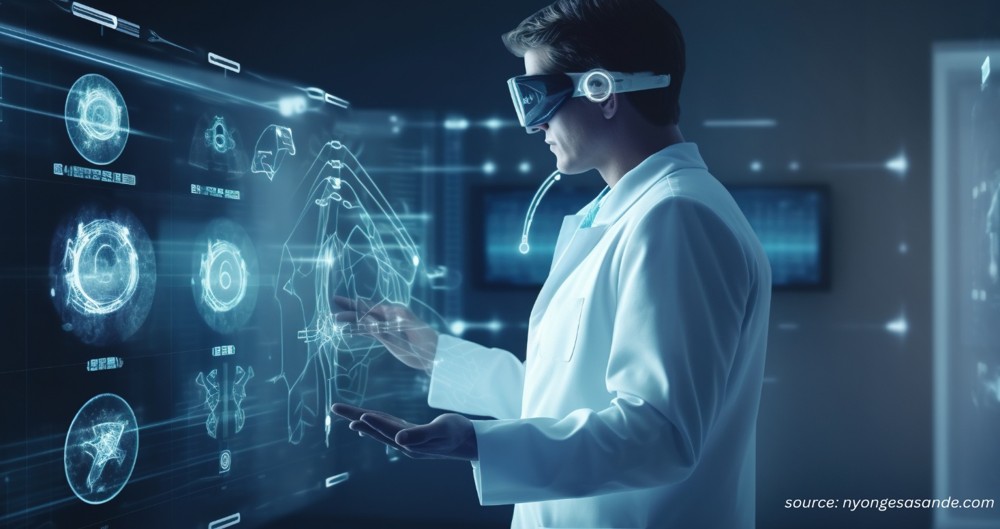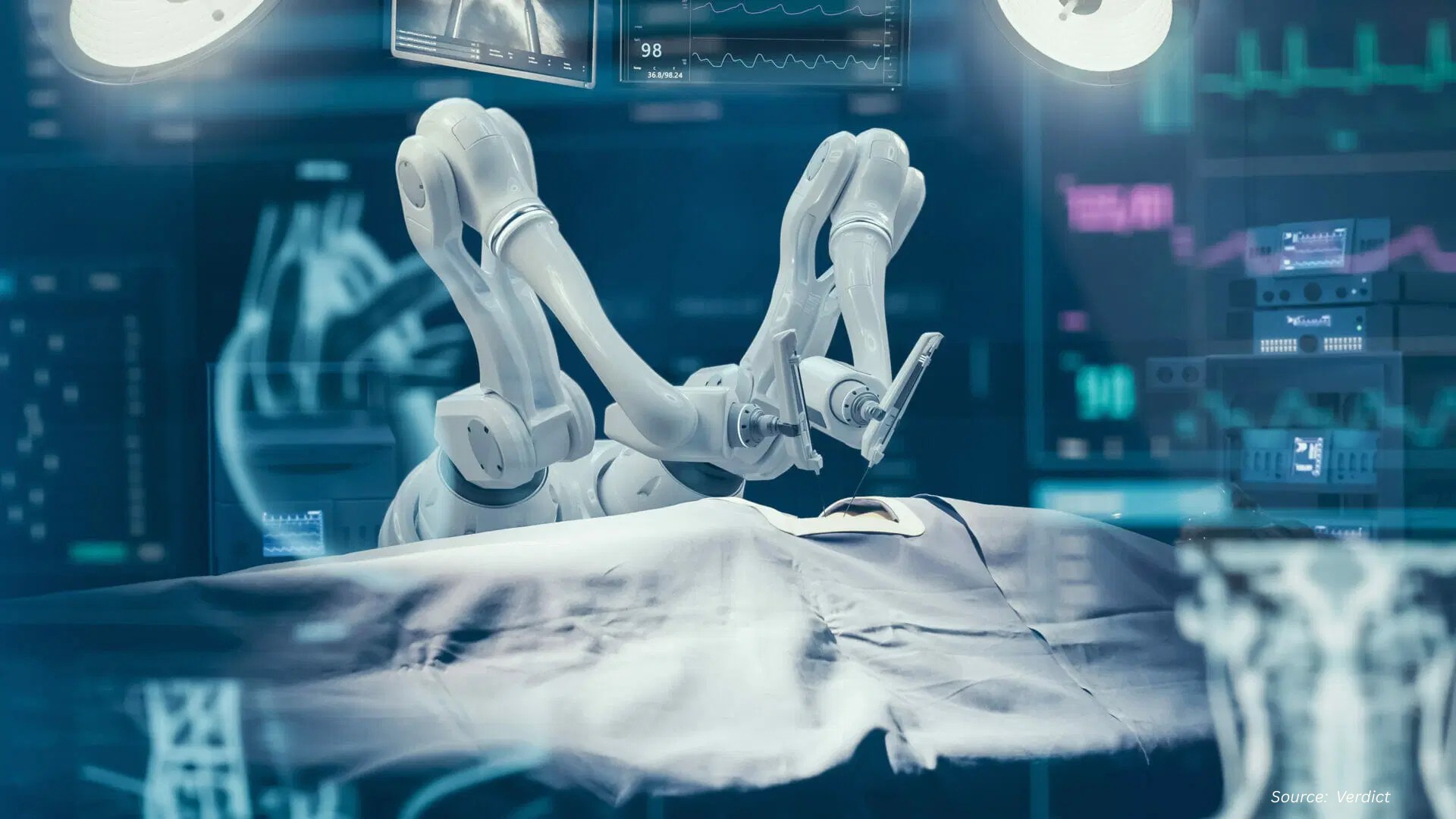Digital Twins in Healthcare: Transforming Patient Care with AI and IoT
Published: 2025-11-17

Digital twin technology in healthcare is rapidly revolutionizing patient care by creating dynamic virtual replicas of patients, organs, medical devices, or entire healthcare systems that are continuously updated with real-time data. Unlike traditional static models, these digital twins integrate advanced analytics, artificial intelligence, cloud computing, and Internet of Things (IoT) technologies, enabling healthcare providers to simulate, monitor, and optimize clinical processes. This technological integration allows for more accurate diagnoses, predictive care, and highly personalized treatment strategies, fundamentally transforming how healthcare is delivered.
According to Next Move Strategy Consulting, the global Digital Twin In Healthcare Market size was valued at USD 1.16 billion in 2024, and is expected to be valued at USD 1.57 billion by the end of 2025. The industry is projected to grow, hitting USD 4.69 billion by 2030, with a CAGR of 24.35% between 2025 and 2030.
Curious about the Digital Twin in Healthcare Market? Grab a FREE Sample Now
In today’s evolving healthcare landscape, digital twins are reshaping clinical practices, hospital management, and medical research by enabling real-time monitoring and safe testing of interventions without putting patients at risk. They simulate complex physiological processes, improve operational efficiency, and optimize resource allocation, making them indispensable tools for enhancing patient outcomes, minimizing medical errors, and streamlining healthcare workflows.
As one of the fastest-growing segments within the health technology ecosystem, the digital twin in healthcare market demand is driven by technological innovation, healthcare digitization, and the increasing emphasis on precision medicine. By leveraging AI-powered simulations, cloud-based platforms, and interoperable data systems, digital twins have moved from conceptual models to practical, high-impact solutions.
These technologies not only facilitate predictive and personalized care but also improve the efficiency, resilience, and overall effectiveness of healthcare delivery, solidifying digital twins as a transformative force in the landscape of modern medicine.
Cutting-Edge Technologies Driving the Evolution of Digital Twins in Healthcare
Advancements in AI and Machine Learning Integration
The integration of AI and machine learning is a key driver of the digital twin in healthcare market growth, as it significantly enhances the predictive capabilities of these technologies. By enabling more accurate simulations of patient-specific conditions, AI-powered digital twins support the development of personalized treatment plans and improve overall patient outcomes.
Continuous advancements in AI algorithms and computational models are strengthening the effectiveness of digital twin solutions, making them increasingly indispensable for healthcare providers and accelerating their adoption across the market.
Advancements in Medical Imaging and Sensor Technologies
Cutting-edge advancements in medical imaging and sensor technologies are transforming the digital twin in healthcare market trends, enabling the creation of highly detailed and dynamic virtual patient models. Innovations such as high-resolution MRI, CT scans, and wearable sensors allow digital twins to support real-time monitoring, precise diagnostics, and personalized treatment planning, enhancing patient care.
Government support from agencies like the National Institutes of Health (NIH) and the National Science Foundation (NSF), including initiatives by the NIH’s National Cancer Institute to develop digital twin software for optimizing therapeutic radiation, further accelerates market growth. These efforts demonstrate how advanced imaging, sensor technologies, and government-backed research are collectively driving the adoption and expansion of digital twin solutions across healthcare systems.
Rising Adoption of Remote Patient Monitoring and Telehealth Technologies
The rapid expansion of remote patient monitoring and telehealth technologies is transforming the digital twin in healthcare market by enabling continuous, real-time tracking of patient health beyond traditional clinical settings. Digital twins can integrate data from wearable devices, connected sensors, and telehealth platforms to create accurate virtual models of patients, allowing healthcare providers to monitor vital signs, anticipate potential health issues, and intervene proactively.
This capability enhances personalized care, improves patient outcomes, and supports more efficient management of healthcare resources, making healthcare digital twin adoption an essential component of modern, connected healthcare systems.
Government Initiatives and Funding Boost the Digital Twin in Healthcare Industry
Government-backed initiatives in the United States are rapidly accelerating the growth of the digital twin in healthcare market share, with programs like the Foundations for Digital Twins as Catalyzers of Biomedical Technological Innovation (FDT-BioTech), established by the NSF, NIH, and FDA, leading the way.
By funding interdisciplinary research that strengthens the mathematical and engineering foundations of digital twin and synthetic data applications, this program is driving the development of digital, in silico models for evaluating medical devices and addressing critical challenges in biomedical technology.
With over $6 million awarded across seven projects, these efforts are enhancing the capabilities of digital twins to simulate complex biological processes, optimize treatment strategies, and improve patient outcomes, thereby fueling broader adoption and growth of digital twin solutions in the healthcare sector.
Looking Ahead: The Future of Digital Twin in Healthcare Market
The digital twin in healthcare market future is poised for remarkable growth, driven by the ongoing digital transformation of medical and clinical operations. As healthcare providers, hospitals, and research institutions adopt smarter, data-driven technologies, digital twin platforms are evolving beyond static simulations to become intelligent, interconnected, and highly adaptive solutions.
Emerging technologies such as Artificial Intelligence (AI), the Internet of Things (IoT), cloud computing, robotics, and advanced analytics are increasingly integrated into digital twins, enabling predictive diagnostics, personalized treatment planning, real-time patient monitoring, and optimized clinical workflows.
Government initiatives and funding supporting digital health, precision medicine, and healthcare innovation further strengthen the market outlook, positioning digital twin technologies as a cornerstone of modern, efficient, and patient-centered healthcare delivery in the years to come.
About the Author
 Bidhudhyoti Nag is a seasoned researcher with over two years of experience, specializing in various industry verticals such as the travel accommodation market, HVAC market and construction electronics. With a strong passion for writing, she views blogging as a valuable platform to share her industry insights and expertise. Outside of tracking market trends and developments, Bidhudhyoti is interested in sports, travelling, and exploring new experiences.
Bidhudhyoti Nag is a seasoned researcher with over two years of experience, specializing in various industry verticals such as the travel accommodation market, HVAC market and construction electronics. With a strong passion for writing, she views blogging as a valuable platform to share her industry insights and expertise. Outside of tracking market trends and developments, Bidhudhyoti is interested in sports, travelling, and exploring new experiences.
About the Reviewer
 Supradip Baul is an accomplished business consultant and strategist with over a decade of rich experience in market intelligence, strategy, technology and business transformation. His work has included rigorous qualitative and quantitative analysis across multiple industries, helping clients shape investment decisions and long-term roadmaps. Earlier in his career, he was associated with Gartner, where he contributed to industry-leading reports and market share analyses. He has worked with leading global companies and holds an MBA with a dual specialization in Marketing and Finance.
Supradip Baul is an accomplished business consultant and strategist with over a decade of rich experience in market intelligence, strategy, technology and business transformation. His work has included rigorous qualitative and quantitative analysis across multiple industries, helping clients shape investment decisions and long-term roadmaps. Earlier in his career, he was associated with Gartner, where he contributed to industry-leading reports and market share analyses. He has worked with leading global companies and holds an MBA with a dual specialization in Marketing and Finance.


















Add Comment